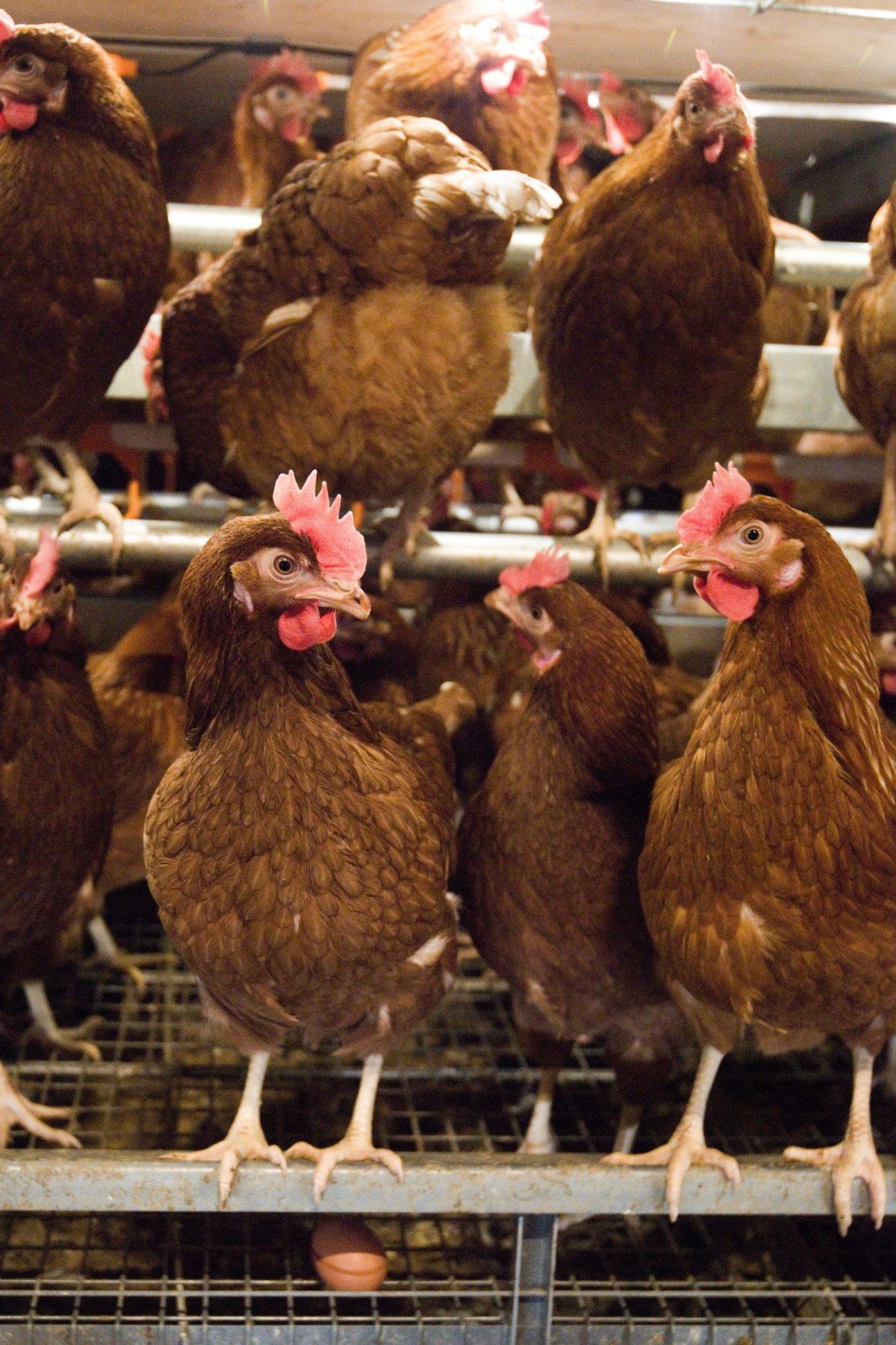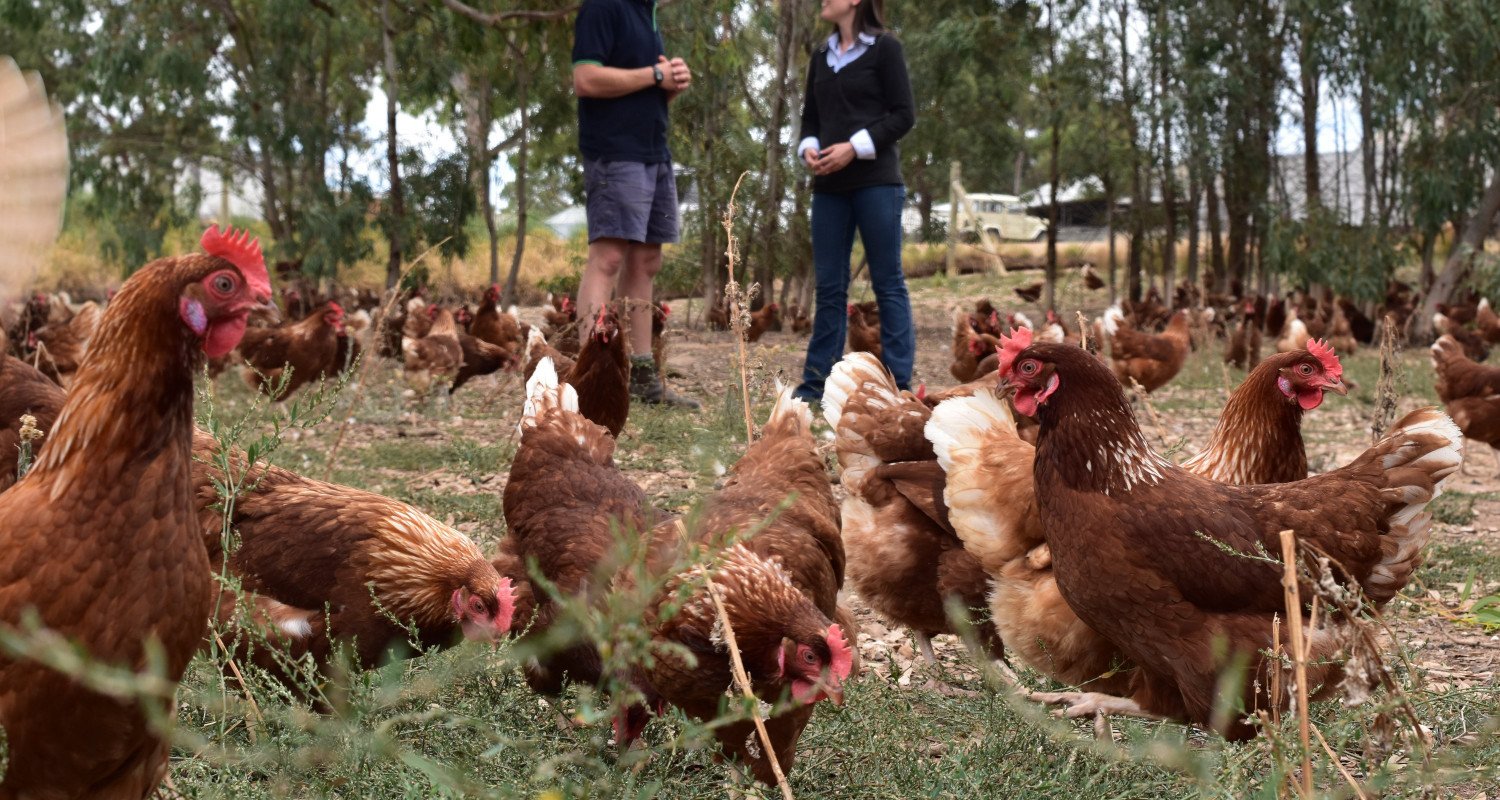
Nutritional strategies for managing pullets and improving late lay egg quality
- Organisation The University of Sydney
- Full Report
- Publication
- Researchers Dr Wendy Muir, Yeasmin Akter, Peter J. Groves
- Categories
Nutritional strategies for managing pullets and improving late lay egg quality
This project indicated that feeding pullets a high nutrient density diet during rearing improved late lay eggshell quality. Lighter pullets, fed a high nutrient density diet in rearing had a lifelong better FCR, compared to heavier pullets.

In this project a flock of ISA Brown laying hens were monitored from 18 weeks of age to 90 weeks of age. The flock was characterised into two groups; lighter than breed standard and heavier than breed standard. From 18 to 24 weeks each group was fed either a low or high nutrient density diet. To understand the effect of this dietary treatment the body weight dynamics, feed conversion ratio, egg production, egg quality, organ characteristics and bone quality of the flock was measured until the hens were 90 weeks of age. Many interesting findings were identified, including:
- Differences in body weight at 18 weeks of age continued until 90 weeks of age, with the heavy pullets remaining heavier than the lighter pullets.
- There was no significant effect of body weight or diet treatment on total number of eggs produced to 90 weeks of age, all hens producing approximately the same number of eggs throughout the laying period.
- To 90 weeks of age the light weight pullets had the lowest cumulative feed conversion ratio, especially the light weight pullets who had received the high nutrient density diet treatment.
- The high nutrient density diet treatment resulted in thicker eggshells and higher eggshell breaking strength at 66 to 70 and 86 to 90 weeks of age. This was seen in the light and heavy pullet groups.
- Up to 70 weeks of age, the light weight pullet group had healthier livers but at 70 weeks and beyond pullet weight did not effect liver health.
Watch this short interview with the researcher to learn more about this project.
 >
> 